Hubble Captures Starry Spectacle
A galaxy ablaze with young stars is the subject of this NASA/ESA Hubble Space Telescope image. Named NGC 685, this galaxy is situated about 64 million light-years away in the constellation Eridanus (the River). NGC 685 is a barred spiral because its feathery spiral arms sprout from the ends of a bar of stars at […]
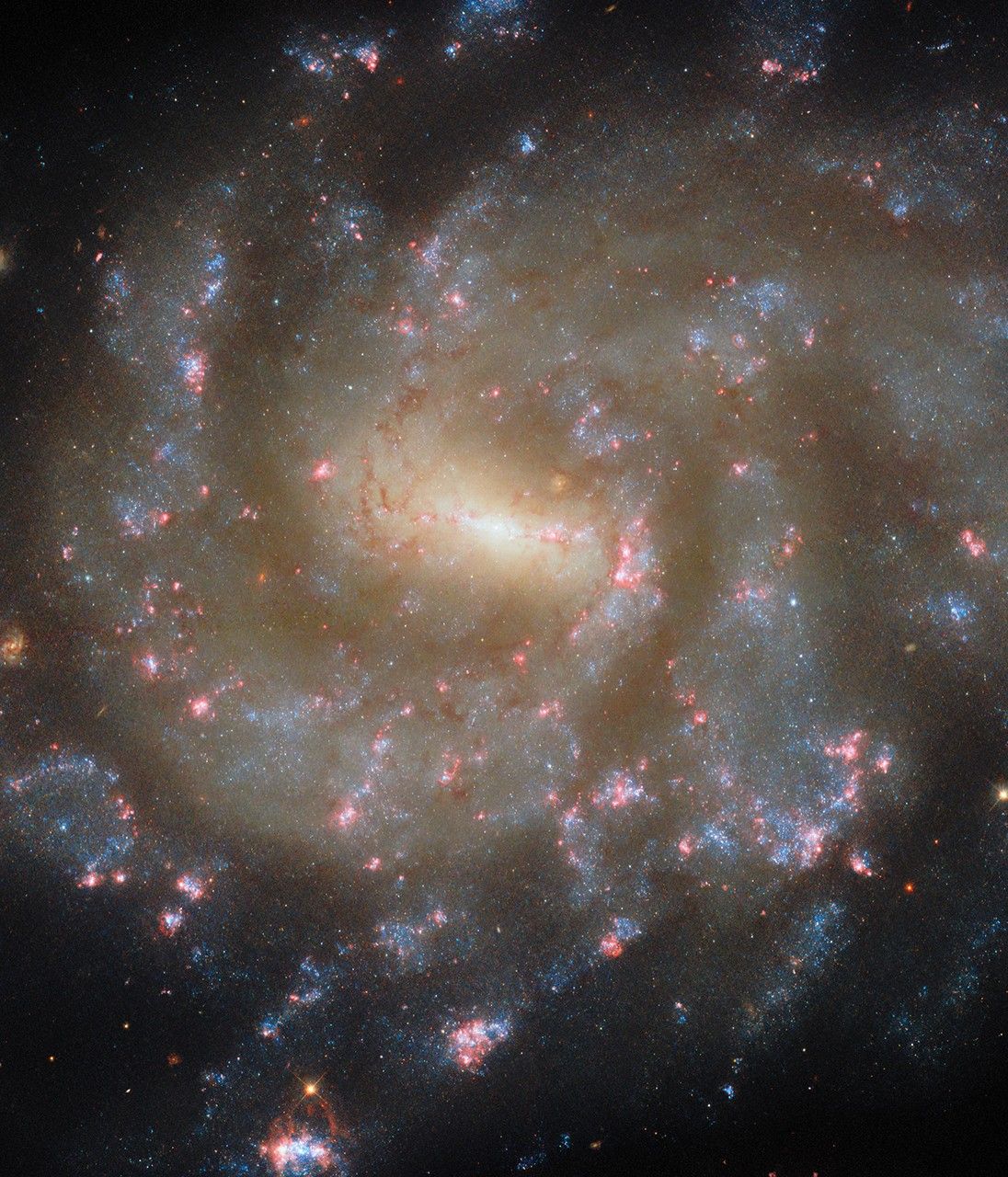
2 min read
Hubble Captures Starry Spectacle
A galaxy ablaze with young stars is the subject of this NASA/ESA Hubble Space Telescope image. Named NGC 685, this galaxy is situated about 64 million light-years away in the constellation Eridanus (the River). NGC 685 is a barred spiral because its feathery spiral arms sprout from the ends of a bar of stars at the galaxy’s center. The Milky Way is also a barred spiral, but our galaxy is a little less than twice the size of NGC 685.
Astronomers used Hubble to study NGC 685 for two observing programs, both focused on star formation. It’s no surprise that NGC 685 was part of these programs: numerous patches of young, blue stars highlight the galaxy’s spiral arms. Also visible are pink gas clouds, called H II (pronounced ‘H-two’) regions, that glow for a short time when particularly hot and massive stars are born. An especially eye-catching H II region peeks out at the bottom edge of the image. Despite the dozens of star-forming regions evident in this image, NGC 685 converts an amount of gas equivalent to less than half the mass of the Sun into stars each year.
The Hubble data collected for the two observing programs will allow astronomers to catalogue 50,000 H II regions and 100,000 star clusters in nearby galaxies. By combining Hubble’s sensitive visible and ultraviolet observations with infrared data from the NASA/ESA/CSA James Webb Space Telescope and radio data from the Atacama Large Millimeter/submillimeter Array, researchers can peer into the depths of dusty stellar nurseries and illuminate the stars forming there.
Text Credit: ESA/Hubble
Media Contact:
Claire Andreoli (claire.andreoli@nasa.gov)
NASA’s Goddard Space Flight Center, Greenbelt, MD
What's Your Reaction?







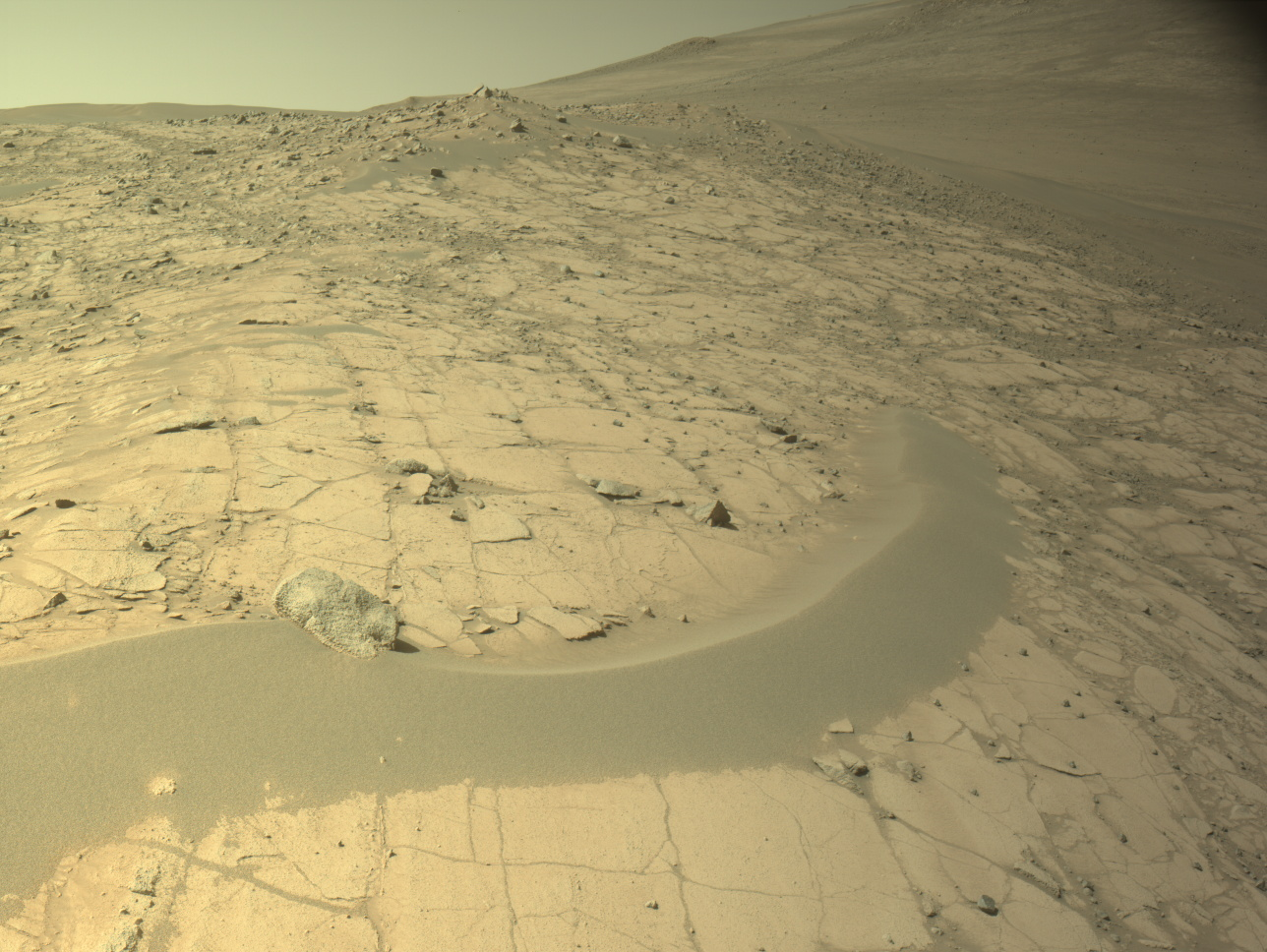
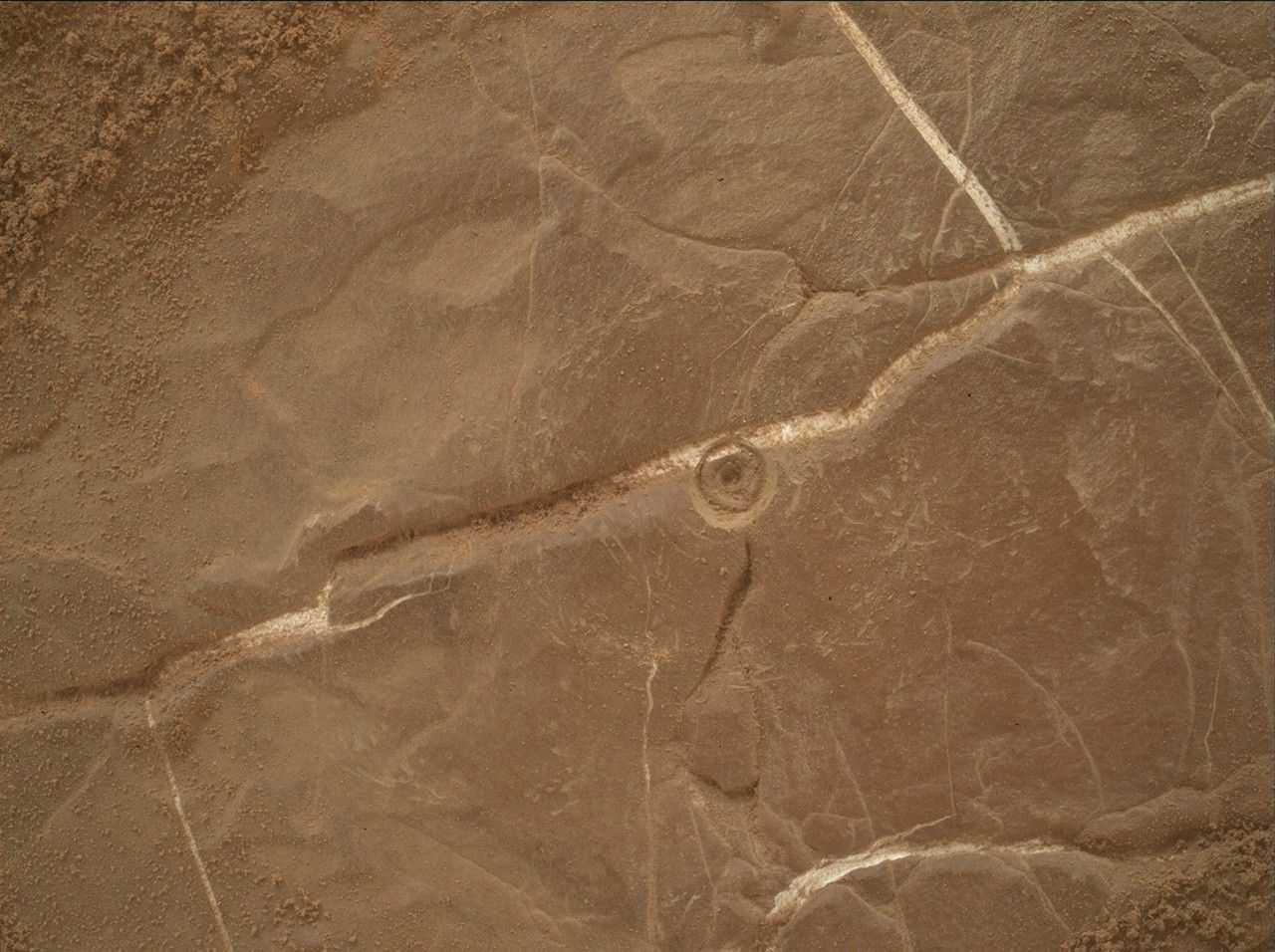












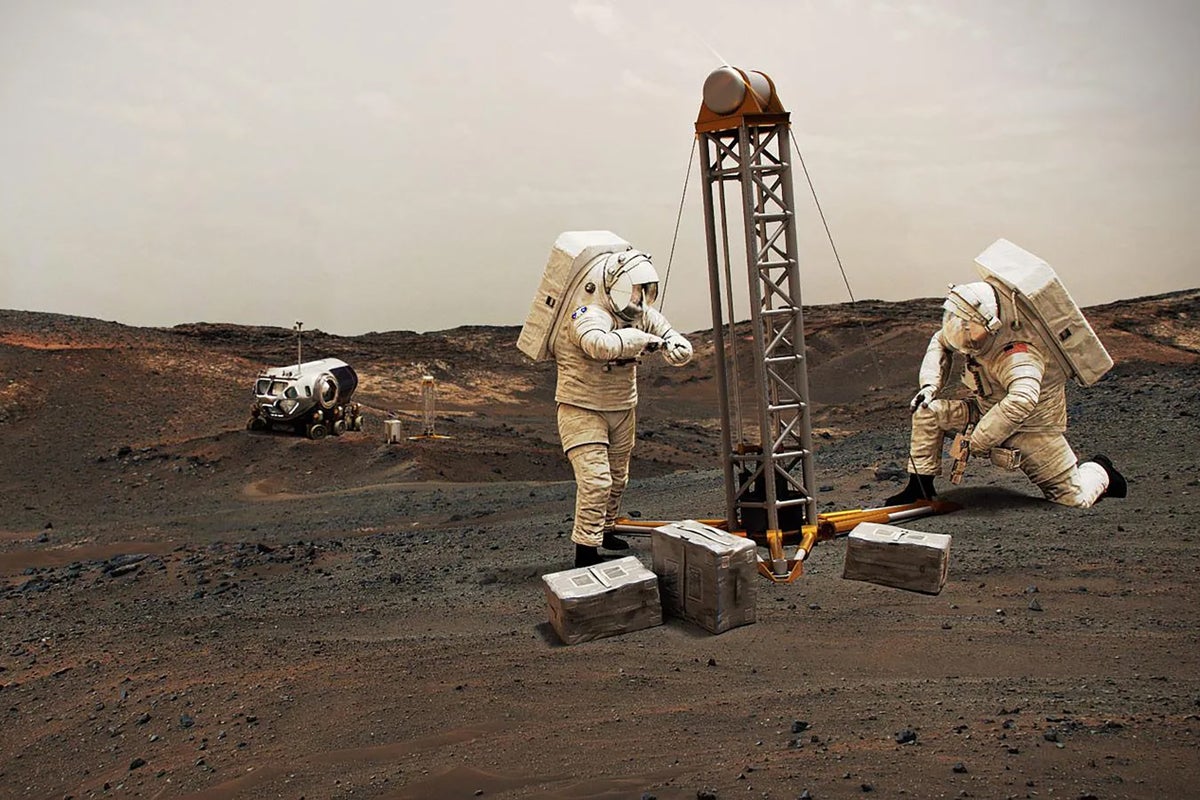
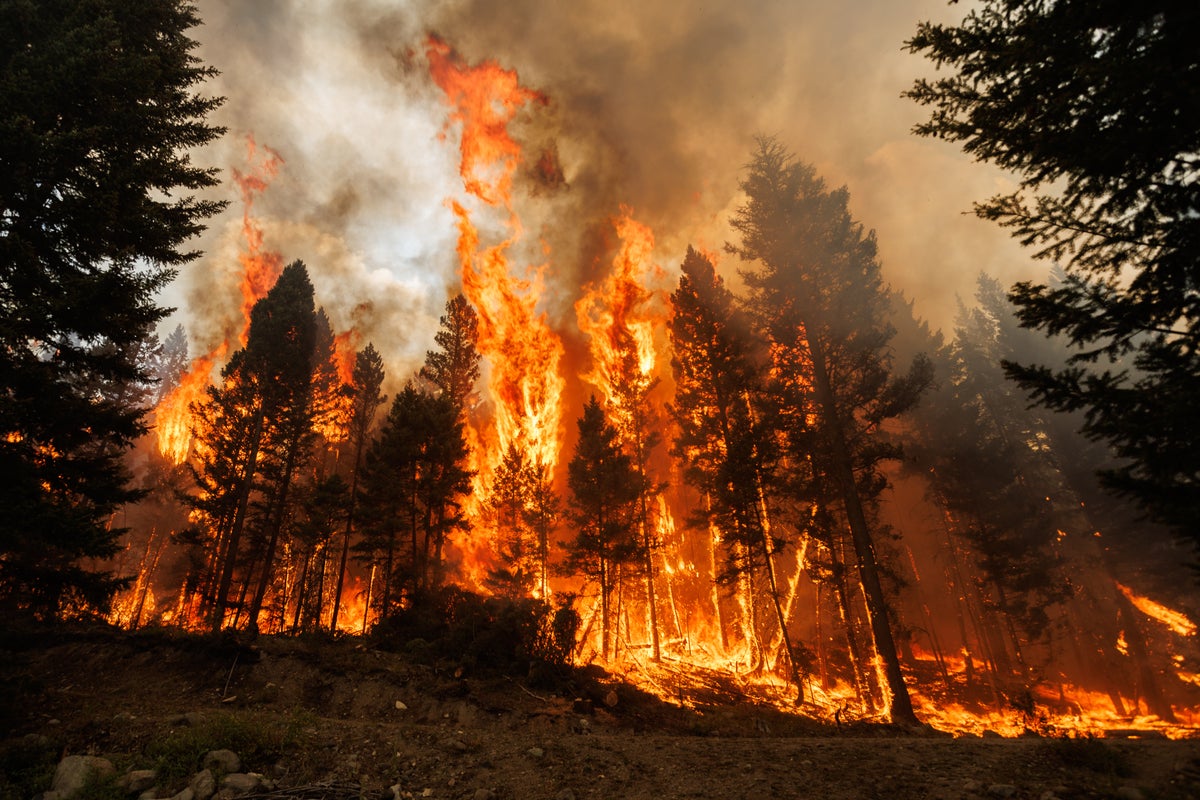









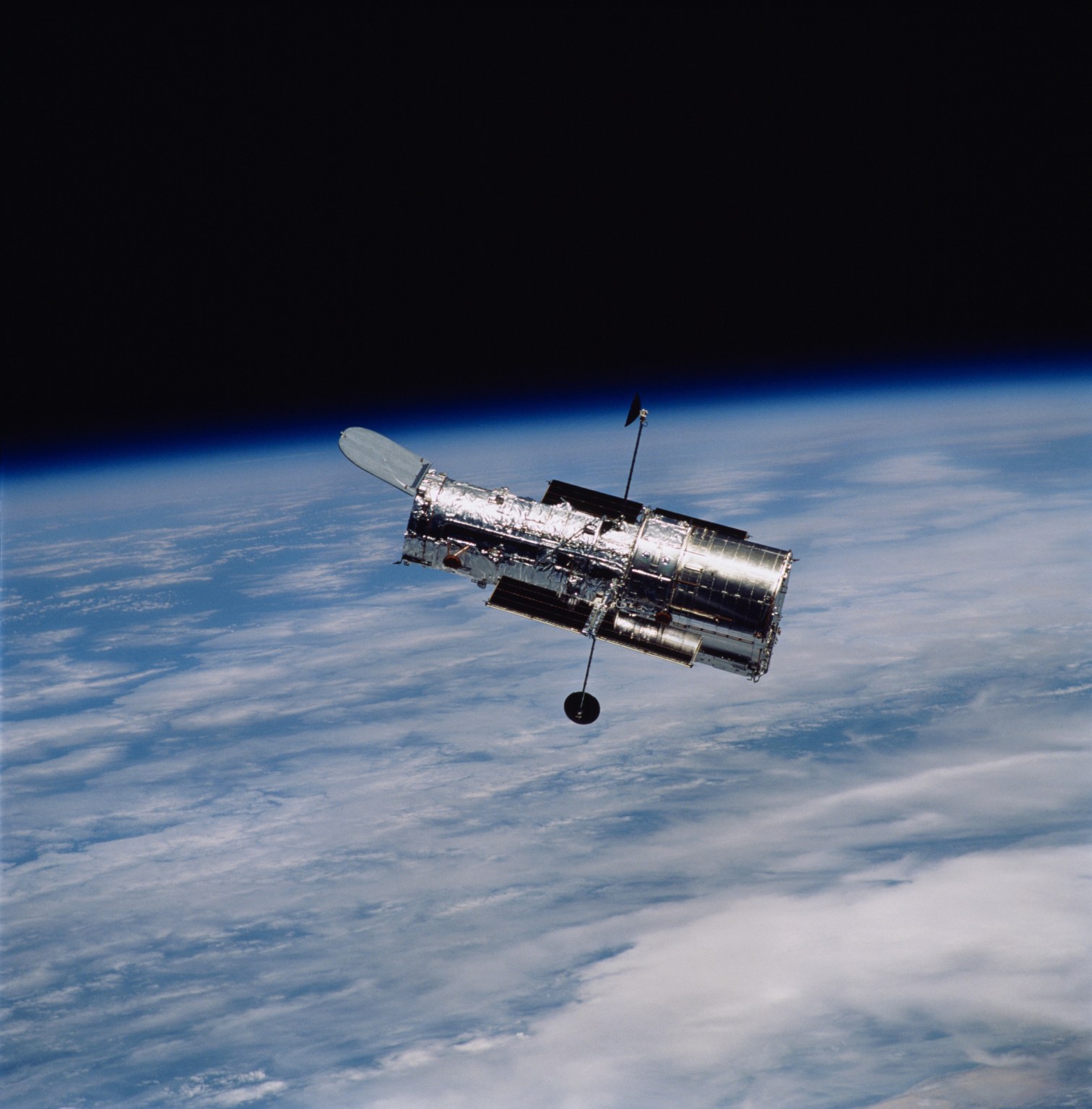

/Hubble%20Space%20Telescope%20(A).png?w=1920&h=1080&fit=clip&crop=faces%2Cfocalpoint)











